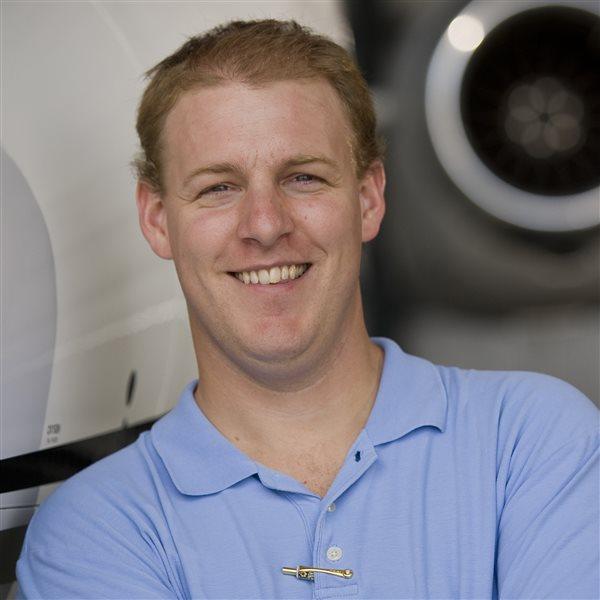Twenty-nine airports. Six states. Twelve instructors. Sixteen airplanes. Those are pretty impressive statistics for any pilot, but this is how Bart Barrack's logbook read when he presented himself for his private pilot checkride at just 70 flight hours.
Barrack, a computer systems engineer and sometimes organic farmer, knew he wanted to fly but had to wait for his wife to finish first. But after watching his wife take a frustratingly long time to finish her training with a local instructor, he knew he wanted to accelerate his lessons. But he had a problem--Barrack travels for a living.
Where there's challenge there's opportunity, and Barrack chose to keep flying even while he was on the road. Using his home airport in Jackson, Mississippi, as a base, he sought out instructors in Phoenix, Houston, Salt Lake City, and rural western Pennsylvania to continue his training. In all, more than 35 percent of his private training was away from his home base. Had he waited to fly at home only on the weekends, Barrack said, "I would have had to postpone my training for weeks, maybe months." Instead, he was able to continue flying without any delay, and get a huge variety of experiences in the meantime.
Most people wouldn't recommend flying so many different airplanes with so many different instructors during training, but Barrack has a different perspective. "I didn't realize this when I first walked into it, but so few people fly outside their home airport and have an opportunity to fly with people around the country," he said. "It was borne out of necessity with me."
Barrack first thought of the idea in Phoenix, where he found a flight instructor at Goodyear Airport, a considerably busier airport than what he was used to in Jackson. To make things even more challenging, the wind was 25 knots on the day of his first lesson there. Barrack assumed the strong winds meant the lesson would be canceled, but in Phoenix that type of wind is fairly normal--and he got to practice some good crosswind landings as a result.
As work took him to other locales, Barrack was able to experience mountain flying, his first low wing in the form of a Piper Archer, a glass-cockpit aircraft, and a number of different ways to approach stalls, landings, and other maneuvers most students only see through the lens of their one instructor.
Name: Charles "Bart" Barrack |
But that's when things broke down. With only a few days left before his checkride, his frustration with different approaches to the same task reached a head. He moved the checkride back three weeks and returned to his primary instructor, an experienced CFI in Jackson. "He was fantastic. He didn't make any judgments about what I had done. He just said this is what we need to do." They set out a detailed procedure for each maneuver based on the practical test standards. Barrack took the checkride and passed easily.
Looking back on his unusual path to the private, Barrack said the only thing he'd do differently is set out a more detailed plan from the beginning. It's important to have a plan when you go into a new flight school and not just show the instructor your logbook and ask for help, he said. As time went on, Barrack learned to tell the instructor what he wanted out of the flight, which he said helped immensely.
"Getting the varied experience that, as a student, I didn't even know was out there was very valuable," he said. And with a good plan in place, Barrack is now working on his instrument rating, one city at a time.
Deputy Editor Ian J. Twombly is a commercial pilot with multiengine and seaplane ratings. He is a CFII.



